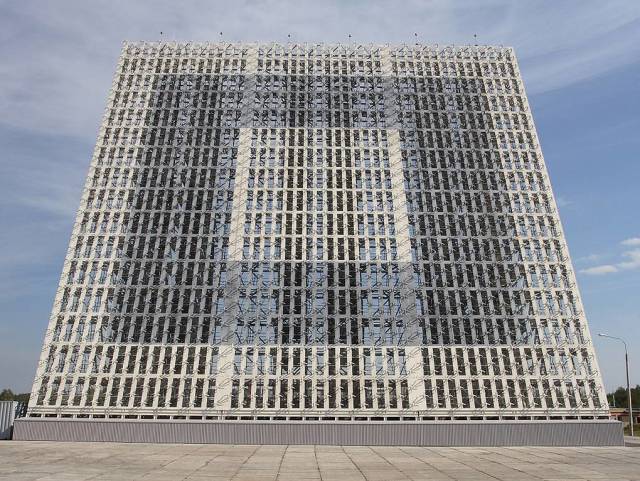According to Sergey Saprykin, the missile attack warning system is able to track missile launches from anywhere in the world, including from areas of combat patrol of nuclear submarines
MOSCOW, February 15. /TASS/. Modernization of the radar stations (radars) included in the Russian missile attack warning system (SPRN) does not interfere with the performance of the functions of the entire system. This was stated in an interview with TASS by the general designer of the Research Institute of Long-range Radio Communications (part of the RTI holding) Sergey Saprykin.
"The missile attack warning system is always on alert. Continuously, around the clock. This is a very important feature of it. The current modernization of the components, the commissioning of new objects in space and on Earth does not for a moment disrupt the combat cycle. At the same time, its development is ensured, ahead of the development of the corresponding weapons of potential opponents," he said.
Earlier, in an interview with TASS, RTI General Director Pavel Laptaev said that a project is being prepared to modernize the radar stations of the Russian missile attack warning system. In particular, it is planned to use computing power such as data center (data processing center), artificial intelligence (machine learning), big data analysis. This will significantly speed up the determination of the characteristics and type of detected objects, the direction of their flight.
Today, the Russian SPR consists of two echelons: the space one, which currently includes four Tundra satellites, and the ground one, which consists of a network of Voronezh-type stations that cover all missile-hazardous areas with their radar field. The main purpose of the system is to detect and escort ballistic missiles fired at the territory of the Russian Federation or its allies as soon as possible.
Tracking missile launches from anywhere in the world
Saprykin said that the Russian missile attack warning system successfully tracks all missile launches from anywhere in the world, and also monitors targets in near-Earth space.
"We detect everything that 'moves' in space, within the line of sight above the horizon and in the atmosphere, too, " he said.
According to him, the system is able to track missile launches from anywhere in the world, including from areas of combat patrol of nuclear submarines located in the world's oceans.
The Russian missile attack warning system is designed to signal attacks on state and military command posts, provides information for Moscow's missile defense system, and also provides data on space objects for the space control system. It consists of two echelons: the space one, which currently includes four Tundra satellites, and the ground one, which consists of a network of Voronezh-type stations that cover all missile-hazardous areas with their radar field.

